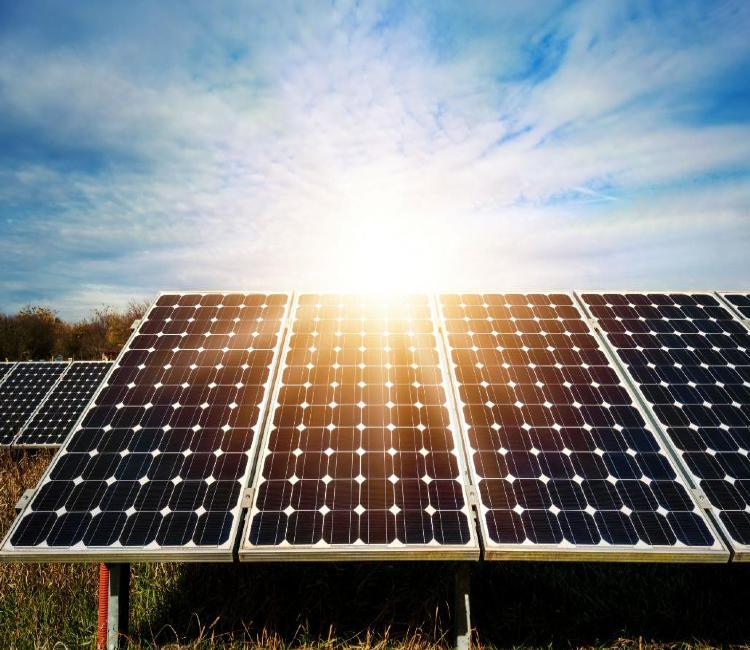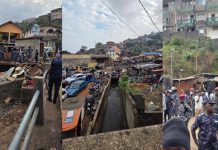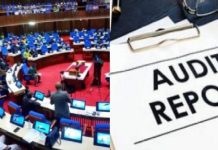Africa-Press – Sierra-Leone. Following on from recent statements suggesting that Africa must double investments to reach its energy and climate goals, the International Energy Agency (IEA) has set out leading green transition pathways for the continent – delivering better economic and social returns. These sustainable development routes, presented in the IEA’s freshly-launched Africa Energy Outlook report – a full policymakers’ summary of findings to be exhibited live at this year’s MSGBC Oil, Gas & Power conference to west Africa’s top corporate and government authorities in aid of formulating a unified African narrative ahead of December’s 27th Conference of the Parties on Climate Change (COP27) – call for two thirds of additional investment to be directed into clean energy sources by 2030.
As it stands, despite producing only 3% of global energy-related emissions, African economies are among those most at risk – expected to lose 8% per annum in GDPs from two degrees of global warming by 2050. This makes an efficient energy transition an economic imperative for Africa. However, as a UN study recently showed, African investment into renewables, such as those the IEA has proposed, actually repays itself many times over – producing 420% better returns in gross value addition and 250% better returns in job creation than investment into fossil fuels. Following the IEA’s roadmap will not only create four million new energy-related jobs per annum but could prevent more than 500,000 premature deaths each year.
The IEA’s report states that Africa, despite being home to 60% of the world’s best solar resources, boasts a mere 1% of global installed PV capacity – a tremendous opportunity. It projects that by 2030, renewables will account for more than 80% of new power generation capacity on the continent, recalling that the costs of solar and wind have fallen by 85% and 55%, respectively, in the past decade to make them Africa’s cheapest sources of energy. What’s more, fueled by this comes perhaps the most surprising discovery of all: the continent’s globally leading green hydrogen potential.
Originating from seawater split by 24/7 multi-gigawatt arrays of solar and wind, green hydrogen has every chance of surpassing liquefied natural gas (LNG) as the fuel source of the future, and MSGBC isn’t being left behind. Mauritania is ahead of the curve having already secured $43.5 billion in foreign direct investment into the carbon neutral fuel with a pair of memorandum of understandings signed last year. As the IEA’s Africa Energy Outlook highlights, green hydrogen has four advantages: zero footprint, scalability, cost-efficiency from modular deployment technologies and resilience against reserve depletion/ climate impacts.
Already, an estimated 3/5 of Africa’s thermal (gas and oil) power plants are at high or very high risk of disruption from water stress – Mauritania averaging six days of rain each year – and already, 1/6 of Africa’s LNG capacity is vulnerable to coastal flooding – among the extreme water events that cost 10% of Senegal’s GDP each year. Green hydrogen is impervious to such threats, with a continental capacity to produce 5,000 megatons of the fuel – equivalent to the world’s current primary energy demand – for as little as $2 per kilogram.
With MSGBC’s energy transition top of the agenda during this year’s event, Rita Madeira, Africa Program Officer at the IEA will be presenting a first of its kind live executive summary keynote on the IEA’s Africa Energy Outlook report released last month, driving discussions on climate change, natural gas and green hydrogen.
For More News And Analysis About Sierra-Leone Follow Africa-Press






